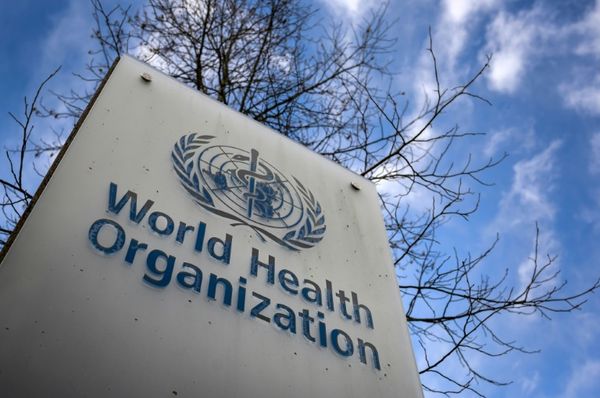
With Sunday’s Canadian Grand Prix the final fly-away meeting of the spring, Formula One is about to enter its European leg proper. But the sport’s very popularity may now be putting at risk some of those classic races in what used to be considered F1’s heartland.
Following the money as ever, F1 is signing more expensive and longer deals with circuits. But given there are a finite number of slots available on the calendar, something has to give.
This past week, the F1 CEO, Stefano Domenicali, travelled to meet the organisers of a proposed South African Grand Prix at the Kyalami circuit. No official word has been made but there is clear expectation that South Africa will be added to the calendar in 2023. It will be a welcome return, with F1 having not held a meeting in Africa since Kyalami hosted its last GP in 1993 and with drivers including Lewis Hamilton expressing a firm belief the sport should have a presence in Africa.
On Thursday, F1 said it had signed a new deal for the Australian GP to be hosted at Melbourne until 2035, a 10-year extension on their current contract to 2025. It is the second-longest deal after F1’s recent contract with Bahrain that extends until 2036 and is indicative of the type of business F1 is now concluding.
A contract with Saudi Arabia is worth a reported £50m per meeting for more than a decade. Qatar will begin its 10-year deal next season, having paid similar money. At the end of last year, Abu Dhabi renewed its contract until the end of the decade, while Miami’s debut this year was its first in a 10-year deal.
The surge in interest in F1 is one the sport’s owners welcome but it comes at a cost. The maximum number of meetings that can be held under the commercial agreement with the teams is 25 and next year is already shaping up to surpass that. With 22 races this season – and Las Vegas, Qatar, South Africa and a return for China, if Covid regulations allow, all set for next year – at least one race has to go. Clearly F1 will not be considering dropping those big-money, long-term deals.
Monaco, France and now even the Belgian GP at Spa are vulnerable. Race rotation – a circuit hosting a grand prix every other year – will be employed.
The Belgian GP, which has featured in 66 years of the F1 world championship since it began in 1950, may now have to accept it cannot compete with the sport’s financial demands. There is also concern at the facilities and infrastructure in Spa, as demonstrated last year when the heavy rain that scuppered the race left fans stranded with their cars stuck in muddy fields surrounding the circuit.

Monaco has been bullish it will remain a permanent feature on the calendar but even that race cannot consider its position sacrosanct. Since F1’s owner, Liberty Media, has expanded the sport, particularly in North America, Monaco’s place as a glamour meeting that sells the sport is no longer of great import and discussions with the organisers grind on, a far cry from the preferential treatment the race received under Bernie Ecclestone’s regime.
Conversely, it is believed the French GP at Paul Ricard would be open to becoming a biennial event and it is understood that Spa and France are in the running to be dropped next year. That they may become rotational meetings is indicative of the booming sport’s clear ambition.
Only a year ago some team principals were expressing the desire to set the season at 20 races, fearing for the toll on their personnel, especially with a relentless run of double- and triple-headers. After Canada, 13 races remain and all are either double- or triple-headers.
There has also been disquiet that the sheer volume of races was diluting their impact and value. Senior figures have expressed concern that it is hard to sell a grand prix as special when they come thick and fast.
Last year, McLaren’s CEO, Zak Brown, made the case for a core of 15 races, with a further 10 rotating in and out of the calendar; five one year, five the next, in a 20-race season. His plan seems hopelessly out of step with what F1 is aiming for. While Domenicali has made the case for 23 races being the optimum, the indications from what is being planned for next year are that F1 is heading toward a 24- or 25-race season.
Race-hosting fees are one of the three biggest sources of income, along with TV rights and marketing, and with the global economy in a precarious position, locked-in fees are a stable source of income the sport wants to embrace. Many of Europe’s venues may well maintain their place on the calendar but only as part of what will turn into an immense, gruelling season.







